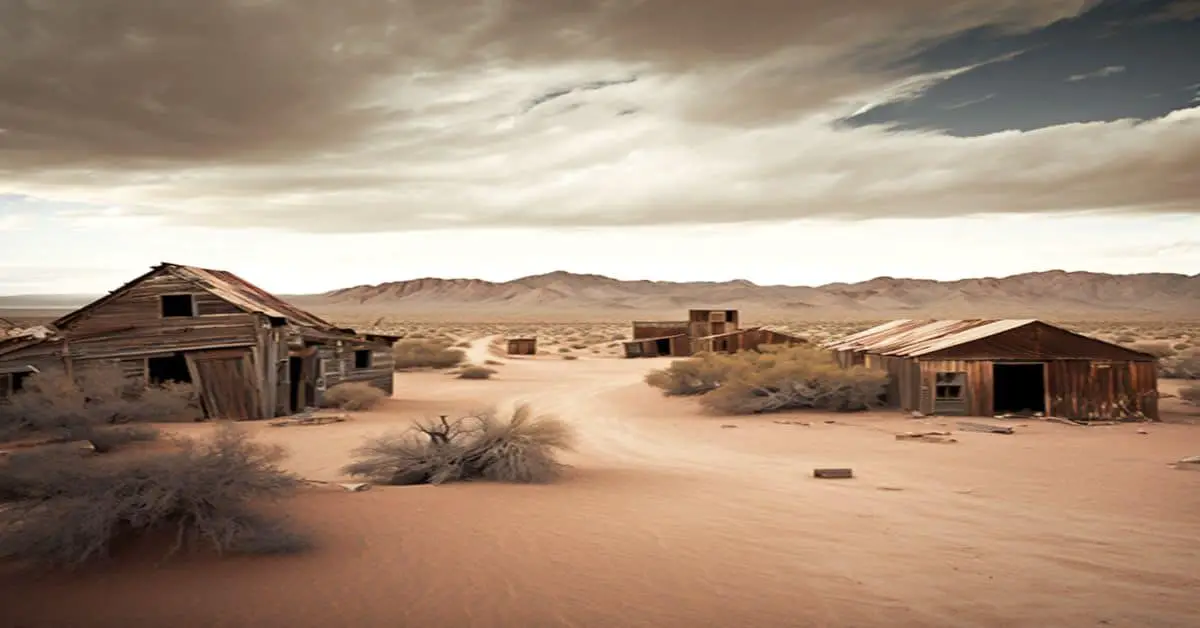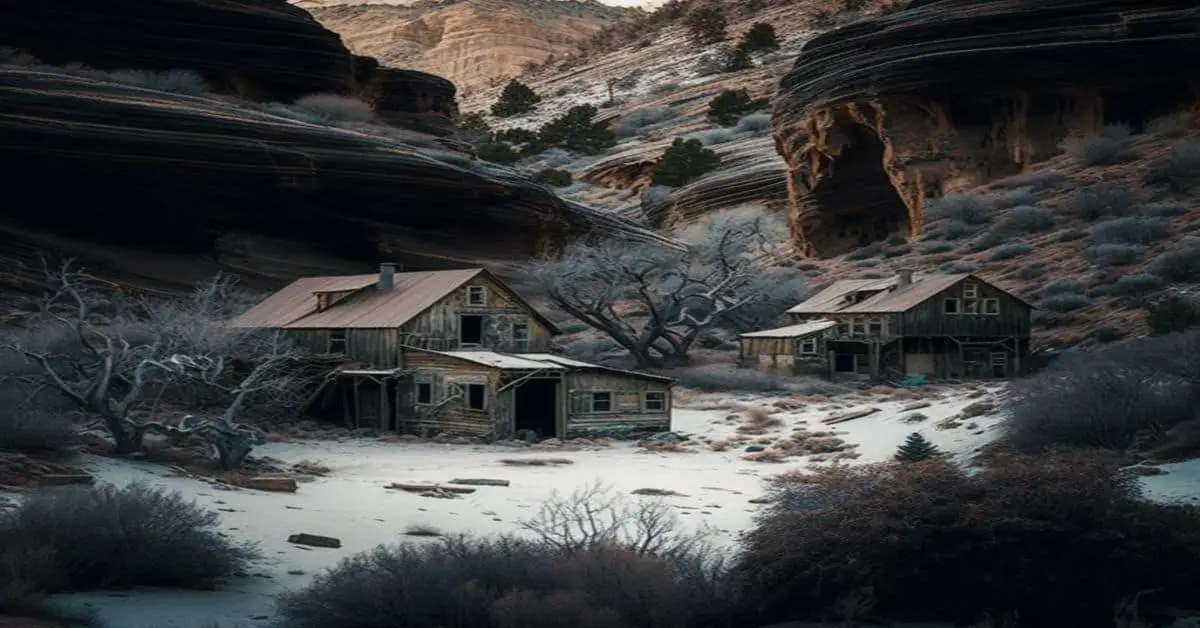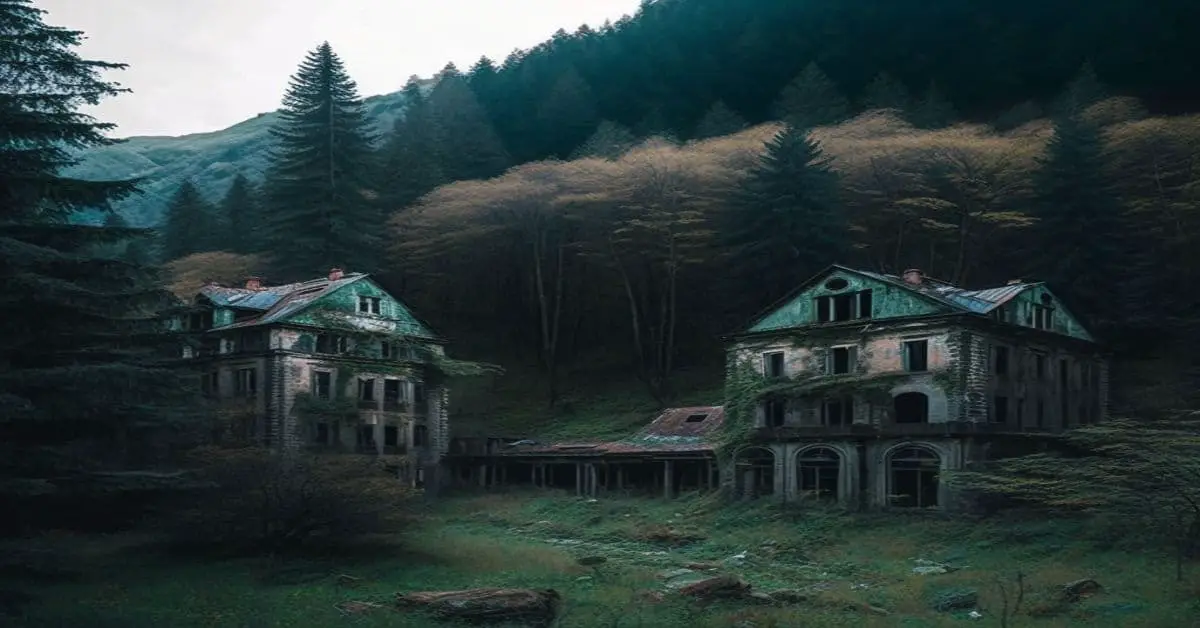The story of Mormon Island is a tale of hope, prosperity, and eventual decline. It is an allegory for the California Gold Rush, a time when thousands flocked to the state in search of riches and a better life.
The town was once a bustling community, home to over 2,500 people at its peak. It was the site of the first major gold strike in California after James W. Marshall’s discovery at Coloma. The discovery brought great wealth to the region and transformed the state’s economy.
However, the prosperity was short-lived, and the town eventually dwindled after the rush ended. A devastating fire in 1856 destroyed the remaining buildings, and what was once a thriving community was reduced to ruins.
Today, the only visible remnant of the town is the Mormon Island Cemetery, which contains the remains of those who were exhumed from other cemeteries that were inundated by the creation of Folsom Lake.
Despite its decline, the story of Mormon Island remains an important part of California’s history, and visiting the site offers a glimpse into the state’s past and the legacy of the Gold Rush era.
Key Takeaways
- Mormon Island was a thriving community during the California Gold Rush, with a peak population of over 2,500 people.
- Today, the only visible remnant of the town is the Mormon Island Cemetery, which contains the remains of those who were exhumed from other cemeteries inundated by the creation of Folsom Lake.
- Visitors can explore the cemetery and find headstones dating back to the mid-1800s and artifacts on display at the Folsom History Museum.
- While most of the town remains underwater, when Folsom Lake is at very low levels, foundations and an arched bridge can be seen, and visitors can also enjoy outdoor activities and explore the nearby city of Folsom.
History and Population
During its peak in 1853, Mormon Island had a population exceeding 2,500 people, making it a bustling gold rush town in California. The town’s economic impact was significant, providing a range of establishments such as hotels, dry-goods and general merchandise stores, and small shops.
Mormon Island was also culturally significant, as it was the site of the first ball in Sacramento County, which took place on December 25, 1849.
However, the town’s fortunes dwindled after the California gold rush, and a devastating fire in 1856 destroyed the town. Despite efforts to rebuild, Mormon Island was never restored to its former glory, and only a scattered few families remained by the 1940s.
The town’s eventual demise was sealed when it was razed as part of the Folsom Dam project, which flooded the town.
Remains and Cemetery
The only visible remnant of this once bustling community is now the cemetery, which contains remains exhumed from other cemeteries that were inundated by the creation of Folsom Lake. The Mormon Island Cemetery serves as a reminder of the town’s past and the lives of those who lived there. It is the final resting place of pioneers, miners, and their families. Visitors can find headstones dating back to the mid-1800s, some of which bear the names of early settlers who played a significant role in the town’s development.
Aside from the cemetery, most of the town remains underwater. However, foundations and an arched bridge can be seen when the lake is at very low levels. These underwater ruins provide insight into the layout and infrastructure of the town that once thrived.
Additionally, a few cemetery artifacts such as old-fashioned headstones and grave markers can be displayed at the Folsom History Museum, providing further evidence of the town’s existence and significance during the California Gold Rush.
Visiting and Logistics
Visiting the cemetery at the former community of Mormon Island is a unique experience that offers visitors a chance to explore the history of the California Gold Rush. The cemetery is the resting place of pioneers, miners, and their families, and it contains headstones dating back to the mid-1800s. It is best visited when Folsom Lake is low, and visitors can access the cemetery via roads suitable for 2WD vehicles. While the cemetery is the only visible remnant of the town, it is a testament to the community that once thrived there.
As the town of Mormon Island no longer exists, visitors looking for activities and accommodations will need to look to nearby towns. Fortunately, the area around Folsom Lake offers a variety of outdoor activities, including hiking, biking, fishing, and boating. Visitors can also explore the nearby city of Folsom, which offers a range of dining and accommodation options.
While no accommodations are in the immediate vicinity of Mormon Island, those interested in its history will find the cemetery a fascinating and worthwhile stop on their journey.
Frequently Asked Questions
How did the town of Mormon Island get its name?
The town of Mormon Island was named after a group of Mormon pioneers who settled in the area in the mid-1850s. The name’s origin story highlights the cultural significance of Mormon settlers in California and exploring their legacy.
What was the impact of the fire that destroyed the town in 1856?
What was the impact of the fire that destroyed Mormon Island in 1856? The town was never rebuilt, and its population dwindled after the California gold rush. Rebuilding efforts were not made, but its historical significance remains as a California Historical Landmark #569.
Are there any notable individuals buried in the Mormon Island Cemetery?
Notable individuals buried in Mormon Island Cemetery remain unidentified due to the lack of historical records. However, the cemetery’s historical significance, legacy, and preservation efforts make it an important archaeological discovery with potential cultural impact, tourism, and economic opportunities for the community.
How has the creation of Folsom Lake affected the surrounding area?
The creation of Folsom Lake has had a significant environmental impact on the surrounding area, with the town of Mormon Island being completely submerged. However, the lake’s low levels provide potential for tourism and the Mormon Island Cemetery remains a historical landmark.
Is there any ongoing preservation or restoration efforts for the remains of Mormon Island?
Preservation efforts for the remains of Mormon Island are primarily focused on the cemetery, with ongoing maintenance and restoration projects. However, there are no plans for restoring the town itself as it lies underwater.


